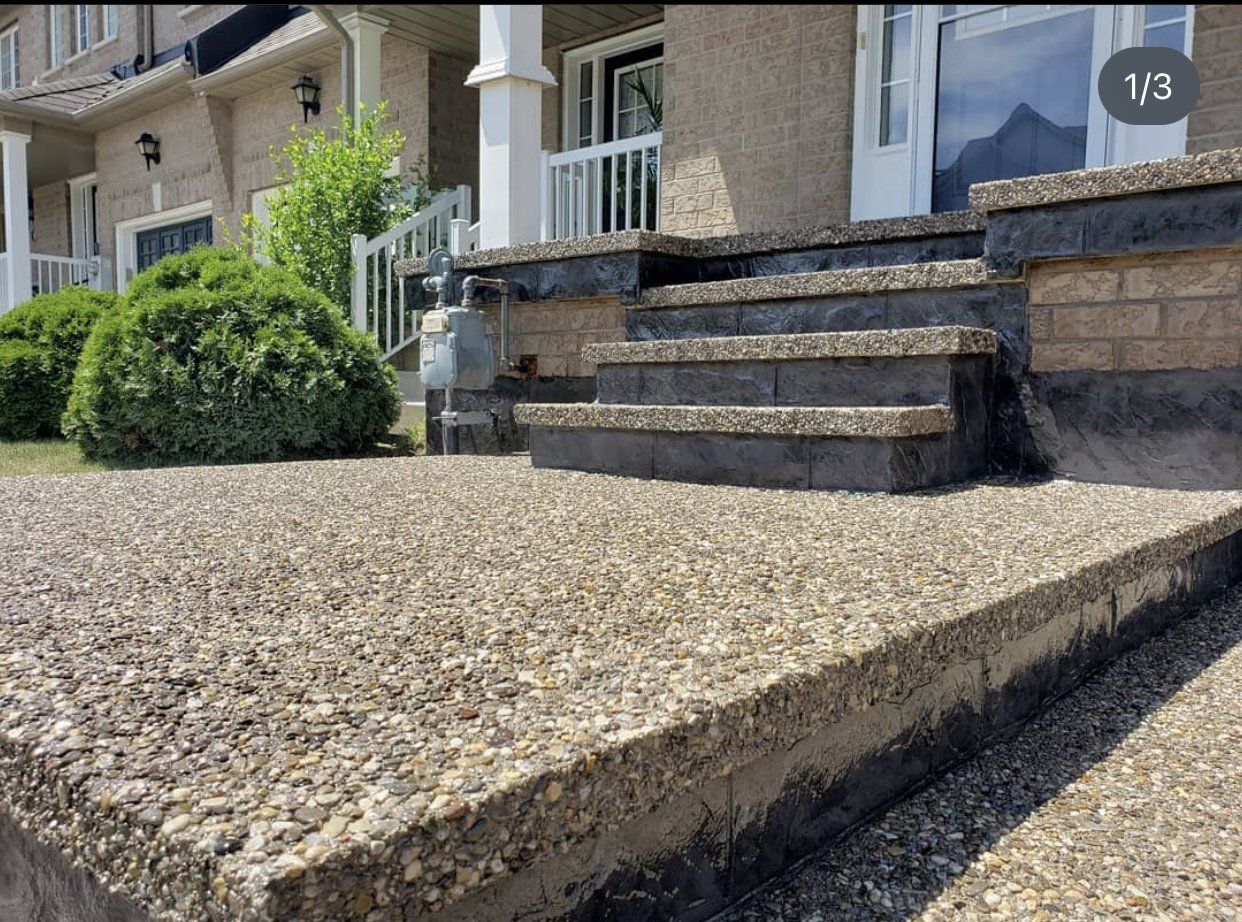Navigating the Chill: Pouring Concrete in Cold Weather

To Pour Or Not To Pour:
Concrete pouring is often associated with warm, sunny days, but what happens when the thermometer drops? In this blog post, we explore the feasibility and challenges of pouring concrete in cold weather, providing insights into the precautions, considerations, and techniques that can make this cold-weather construction endeavor a success.
The Cold Conundrum:
Delve into the impact of cold weather on the concrete pouring process. Lower temperatures can affect the setting time, strength development, and overall performance of the concrete mix. Understanding these challenges is crucial for successful cold-weather construction projects.
Temperature Thresholds:
Explore the temperature thresholds for concrete pouring. While it's possible to pour concrete in colder weather, there are limits. Learn about the critical temperature range and how extreme cold can hinder the hydration process, leading to potential issues.
Insulation is Key:
Uncover the significance of insulation in cold-weather concrete pouring. Whether using blankets, straw, or other insulating materials, maintaining an optimal temperature during the curing period is essential to prevent freezing and ensure proper strength development.
Hot Water and Additives:
Discuss the role of hot water and additives in mitigating the effects of cold weather. Discover how the use of heated water and specialized admixtures can help offset the challenges posed by low temperatures, promoting a more favorable environment for concrete curing.
Timing is Everything:
Learn about the importance of timing when pouring concrete in cold weather. Planning the pour during the warmer part of the day and avoiding late afternoons or evenings can contribute to better results, allowing for sufficient curing time before temperatures drop.
Covering and Protecting:
Explore the options for covering and protecting freshly poured concrete. Whether utilizing insulated blankets, straw, or temporary enclosures, these measures shield the concrete from the harsh elements, helping maintain the necessary temperature for proper curing.
Monitoring and Adjusting:
Delve into the need for continuous monitoring during the cold-weather pouring process. Regularly check the temperature of the concrete, ambient air, and subgrade, and be prepared to adjust plans accordingly to address any unexpected challenges that may arise.
Professional Guidance:
Conclude with the recommendation to seek professional guidance for cold-weather concrete projects. Consulting with experienced contractors who understand the nuances of working in colder temperatures can be instrumental in ensuring a successful and durable outcome.
Conclusion:
While cold weather poses challenges to concrete pouring, it is not an insurmountable obstacle. Armed with knowledge, proper planning, and strategic measures, construction projects can proceed even in chilly conditions. By understanding the nuances of pouring concrete in cold weather, we can turn the challenge into an opportunity for successful and resilient construction endeavors.


